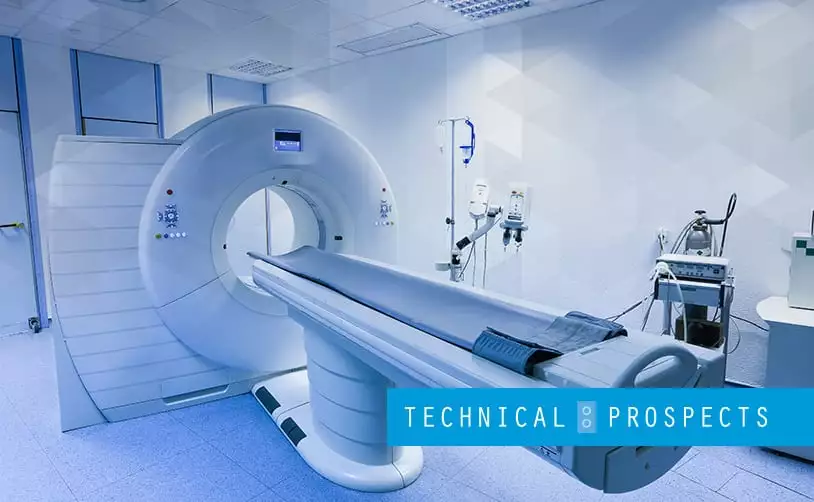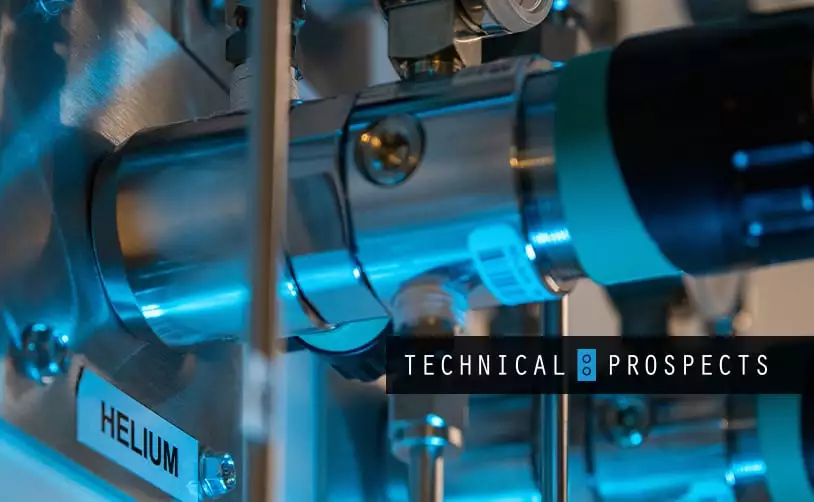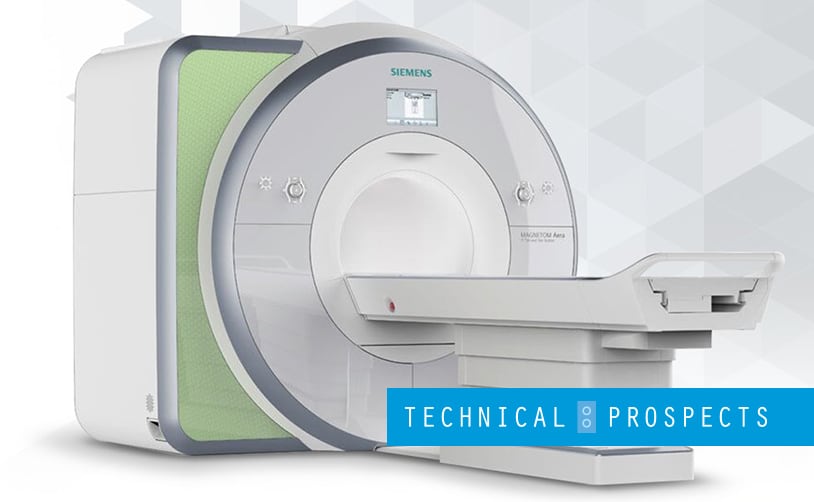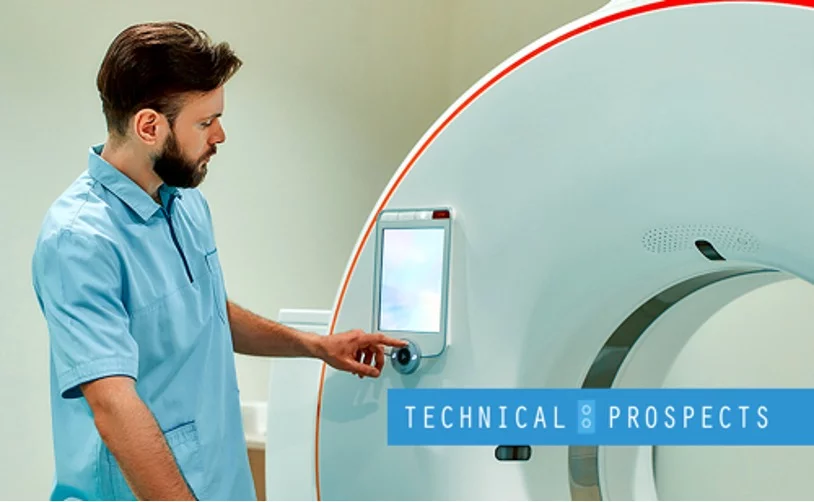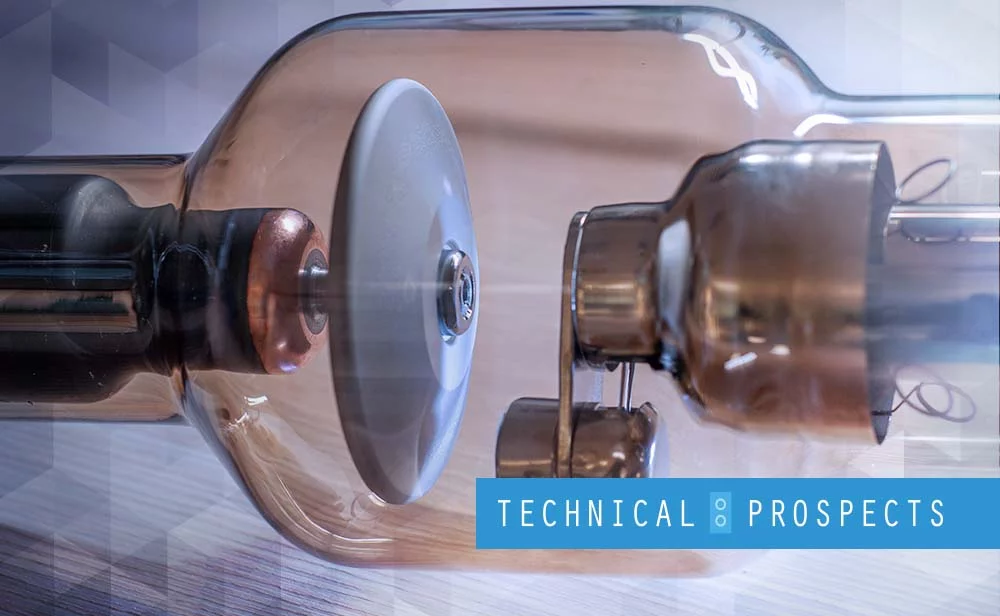MRI machines are essential to any hospital. They increase any medical facility’s capacity to diagnose and identify certain conditions. Aside from that, it is often a better alternative to other scanning methods when it comes to certain conditions, making it a good option to have on hand.
Given the importance of proper diagnosis and treatment, it is important to manage and maintain the parts of the MRI carefully. This ensures continued functionality and the ability to serve patients as effectively as possible. It can also reduce the likelihood of breakdowns and possibly extend the lifespan of your machine.
The various parts of the MRI machine all have different maintenance requirements. In this article, however, we are going to talk about MRI Cold Head.
What is the cold head?
Every MRI machine comes with a cooling system that contains thousands of liters of liquid helium to keep the magnet cool. During a scan, the helium is exposed to high temperatures, which can cause it to turn from liquid to gas. In the middle of this chamber is a component called the cold head, which re-condenses the helium gas to liquid to prevent it from burning up. This also allows the MRI to be used continuously.
As with all things, the cold head is subject to wear and tear. Over time, it will lose its capacity to cool down the Helium gas at a rate of up to 10% a year. As such, it is important to replace it before it hits zero. Failing to do so might cause expensive damages to your MRI. This damage is also likely to put your MRI out of commission for days or even weeks.
When should I replace the cold head?
A new cold head lasts roughly 4 or 5 years, while a refurbished one can last from 3 to 4 years. However, it is important to understand the signs of your cold head starting to fail. Here are some of the signs that it’s time for a replacement:
1 – Your recondensing margin drops or fluctuates
If your re-condensing margin regularly fluctuates even when your compressor is working properly, it is like a problem with your cold head. This likely also means that you are not converting the Helium quickly enough into its liquid state. The less your cold head is able to recondense, the more of the gas you are likely to lose.
When this begins to happen, your cold head must be replaced as quickly as possible. The longer you put this off, the more it is likely to cost you.
2 – There are contaminations in your Helium
This is not a problem with your cold head per se, but impurities in your Helium (or your oil) can reduce the effectiveness of your cold head. This might lead to damage eventually, which might result in the replacement of certain components. The signs of contamination are quite subtle and emerge gradually, but they can have severe consequences.
Contaminations indicate that it’s time for your system’s adsorber to be replaced. Not only will this keep your fluids pure, it can ensure the functionality of your cold head.
Final thoughts
The functionality of medical equipment is not just important to a hospital’s bottom line, it is important for reliable diagnoses. This can keep your patients safe and healthy, especially since you will have a greater ability to provide the right treatments from the results of your scans.
If you’re looking for cold heads and other MRI parts to breathe life back into your machine, send us at Direct Med Parts a message. We have over 60,000 parts and counting for you to choose from.


